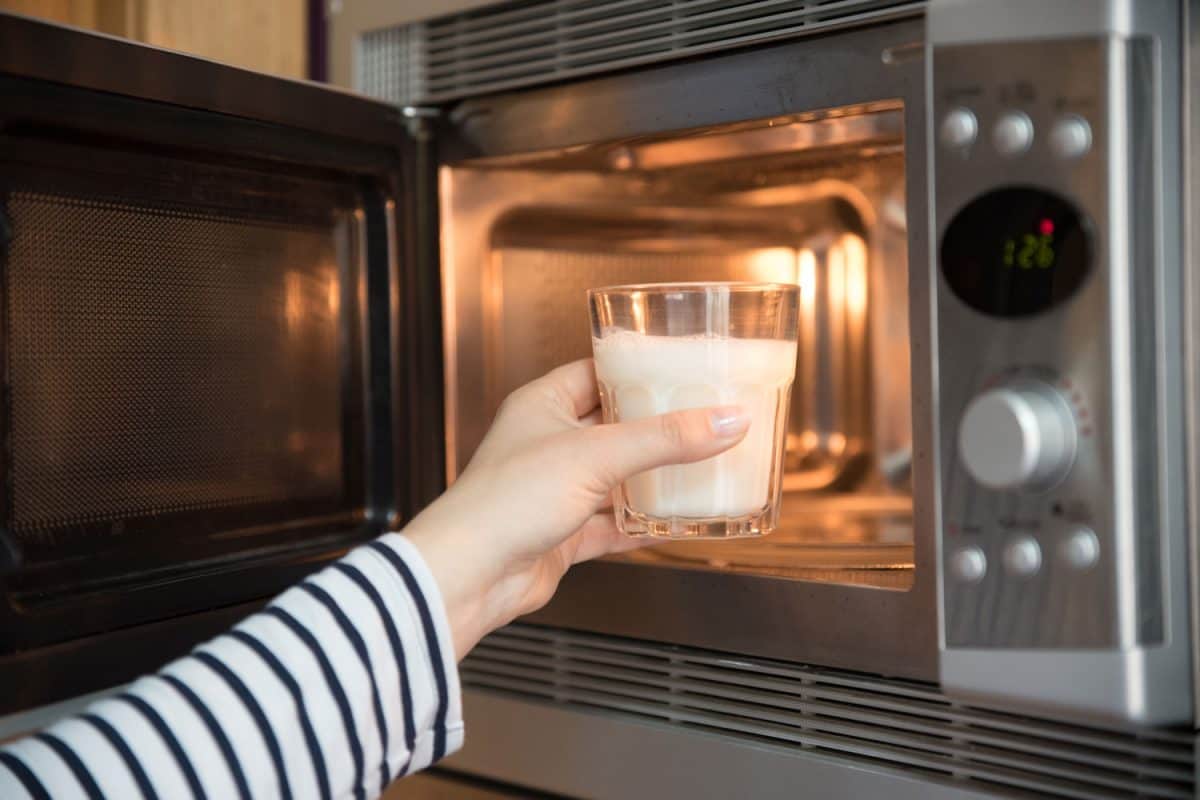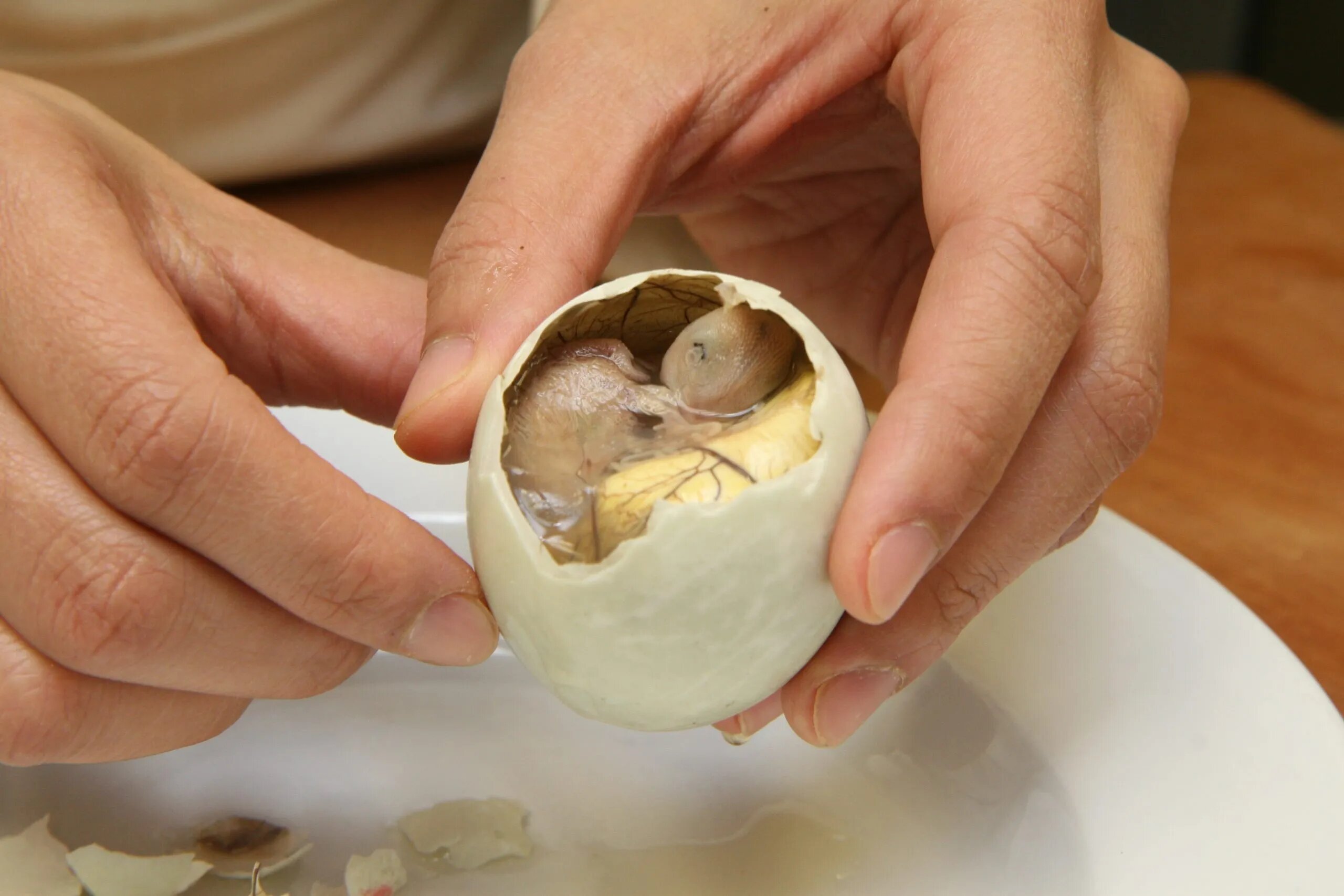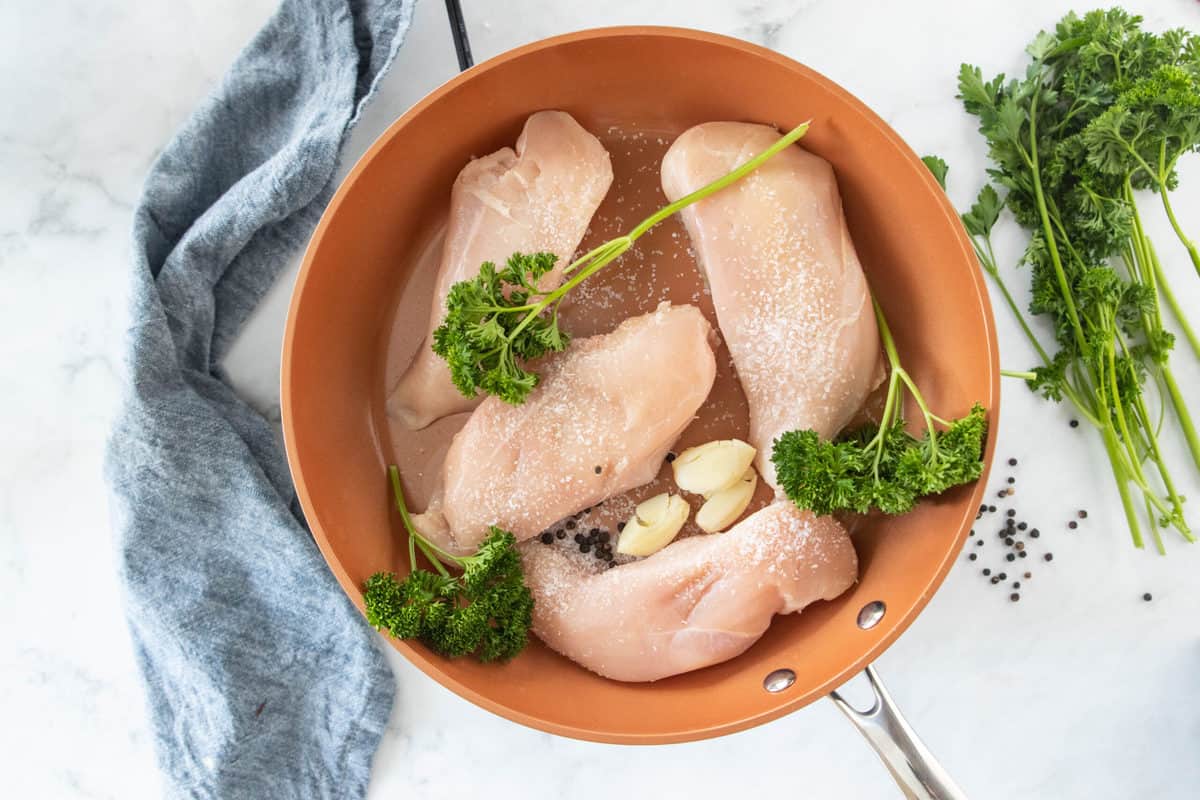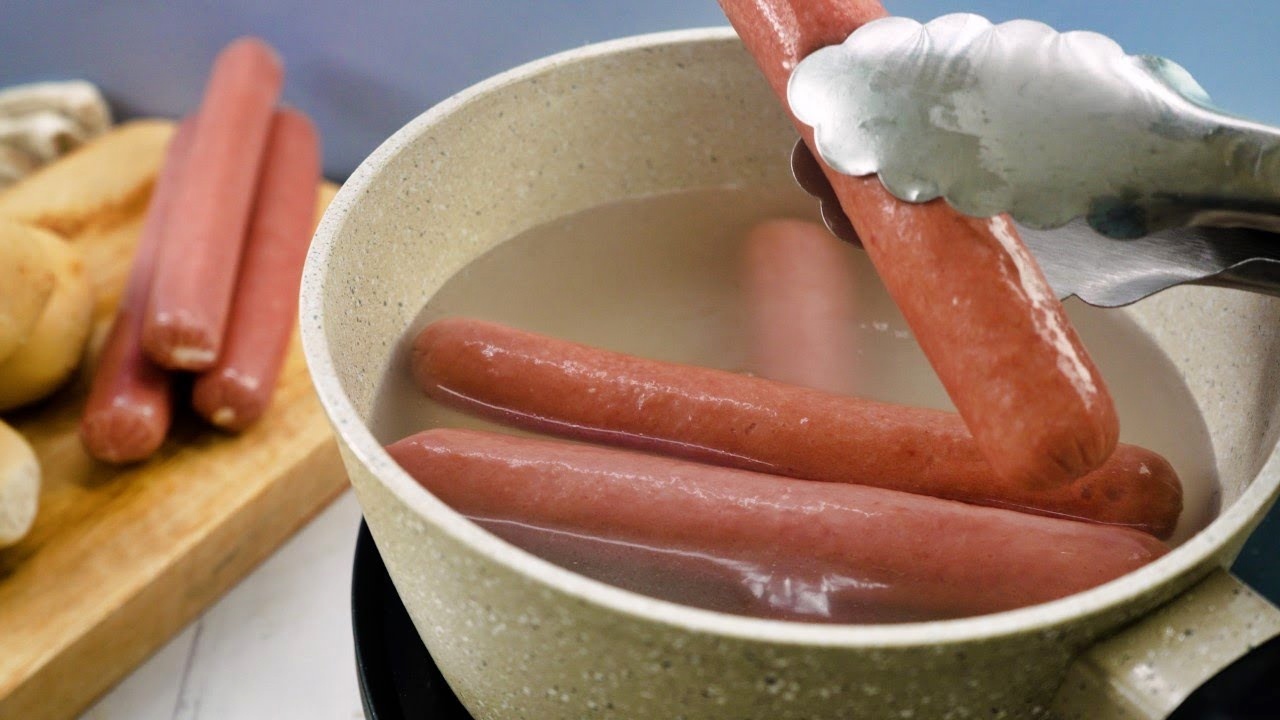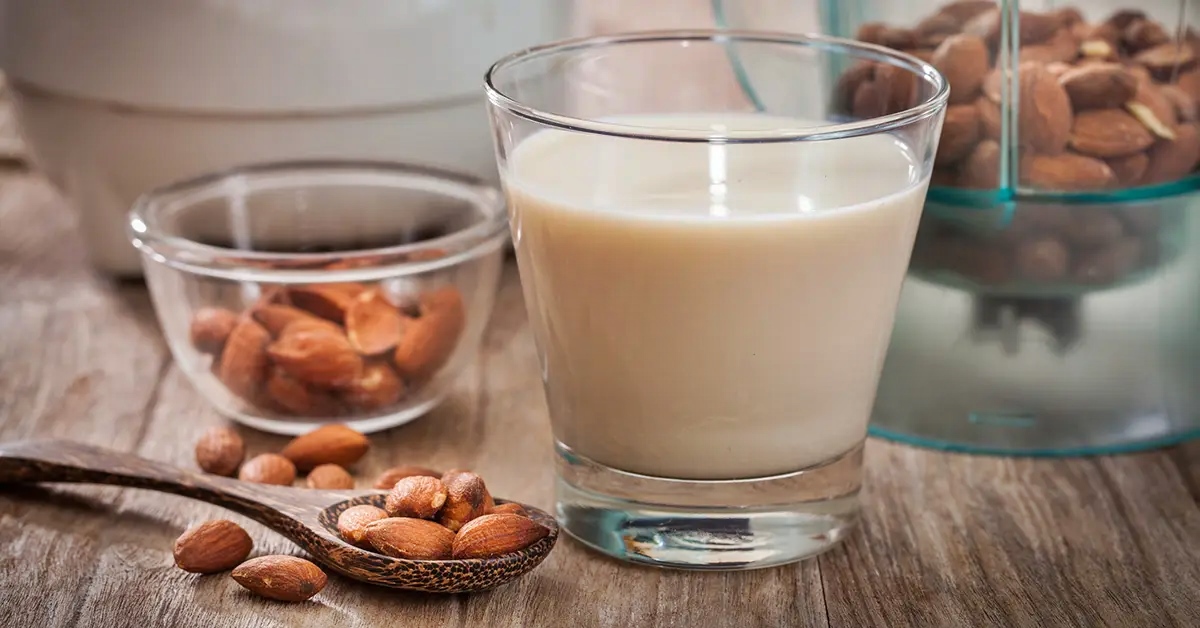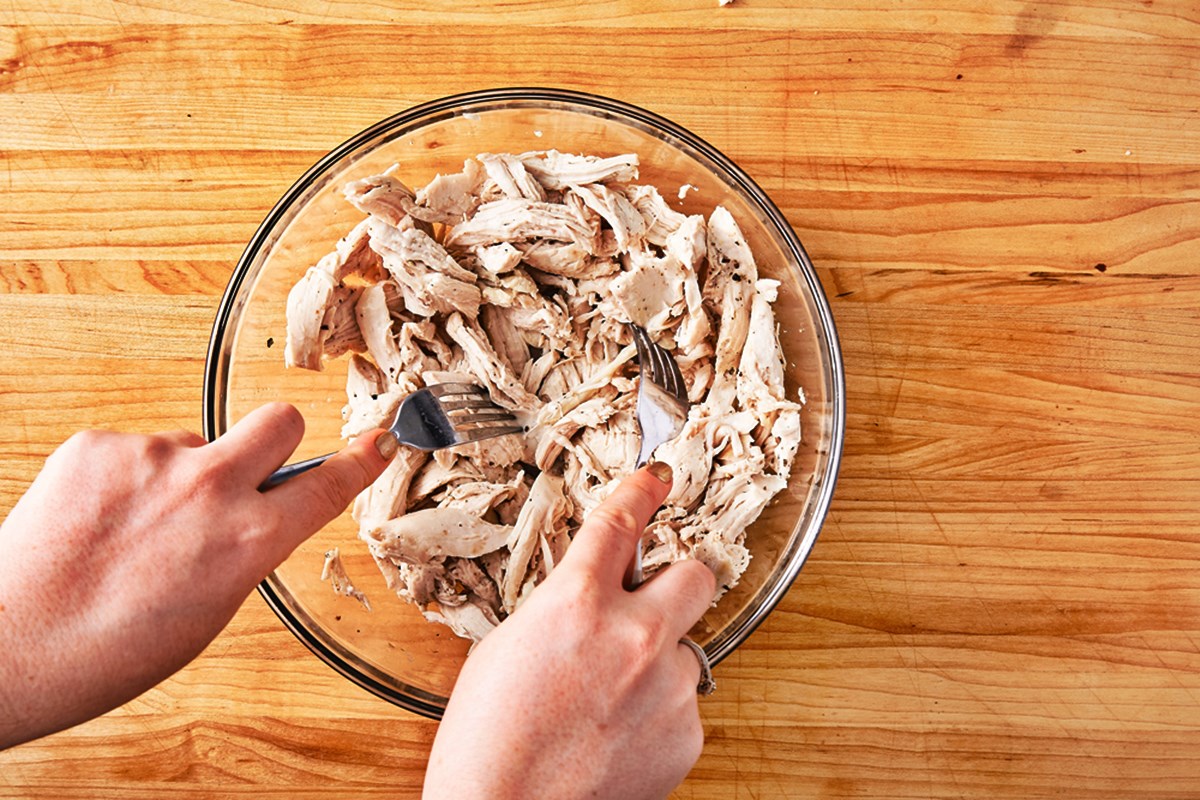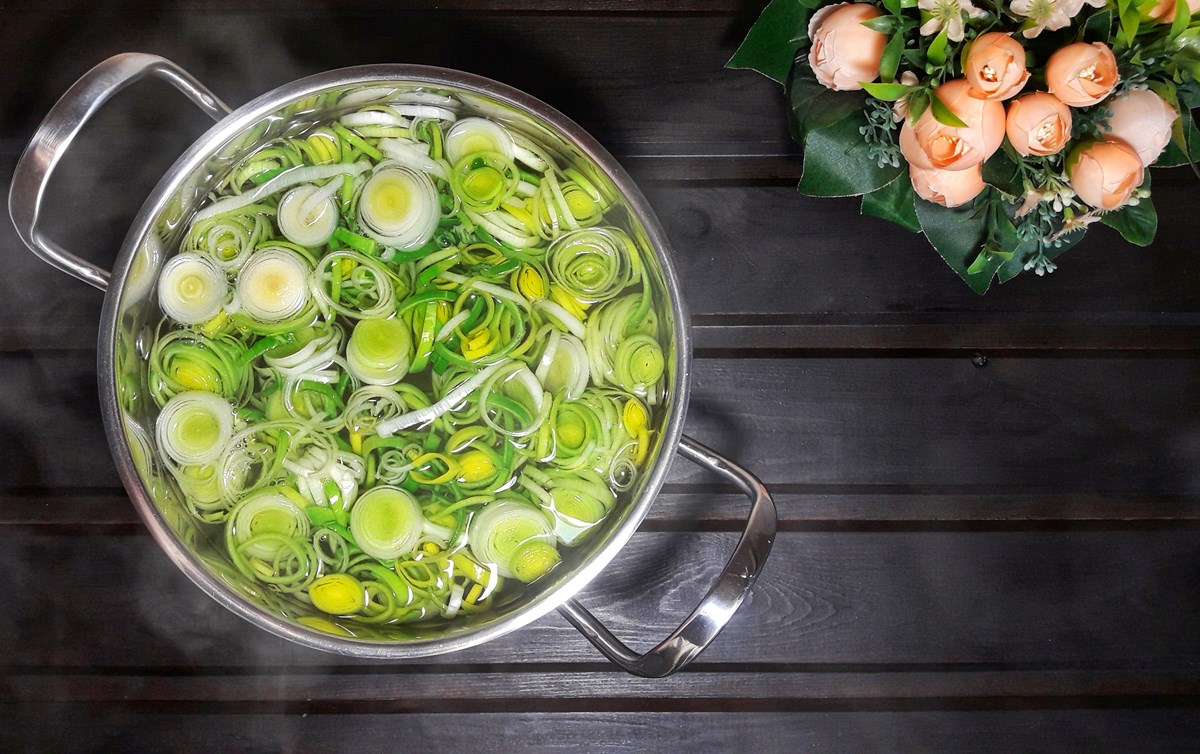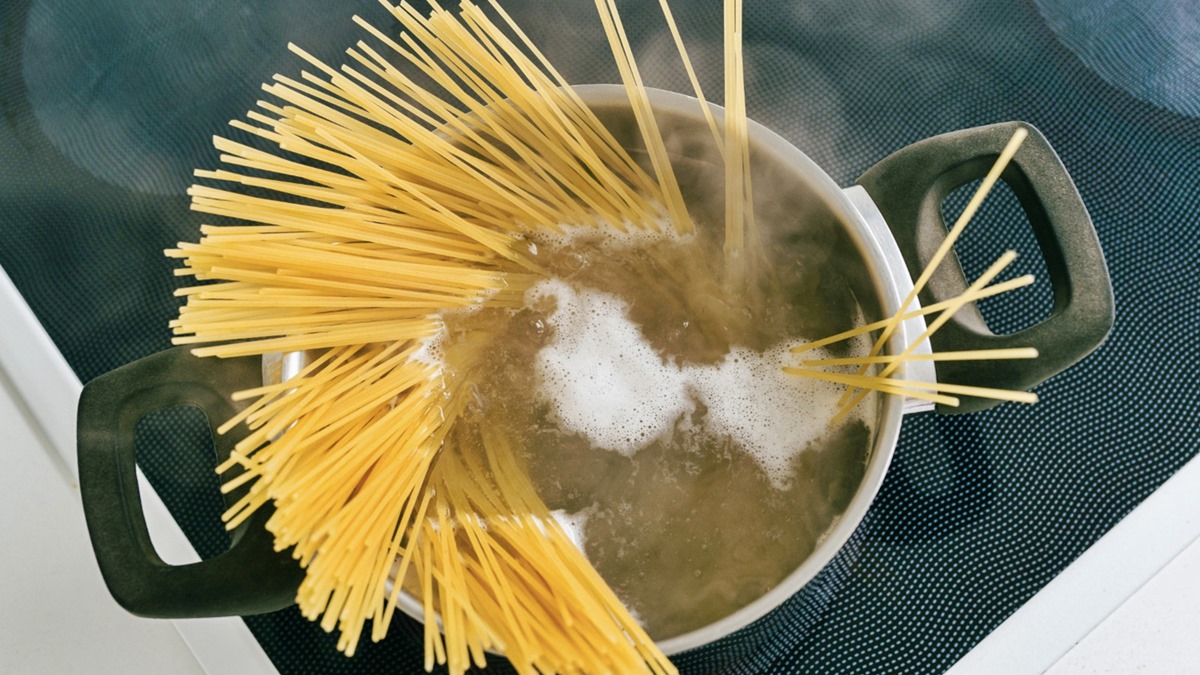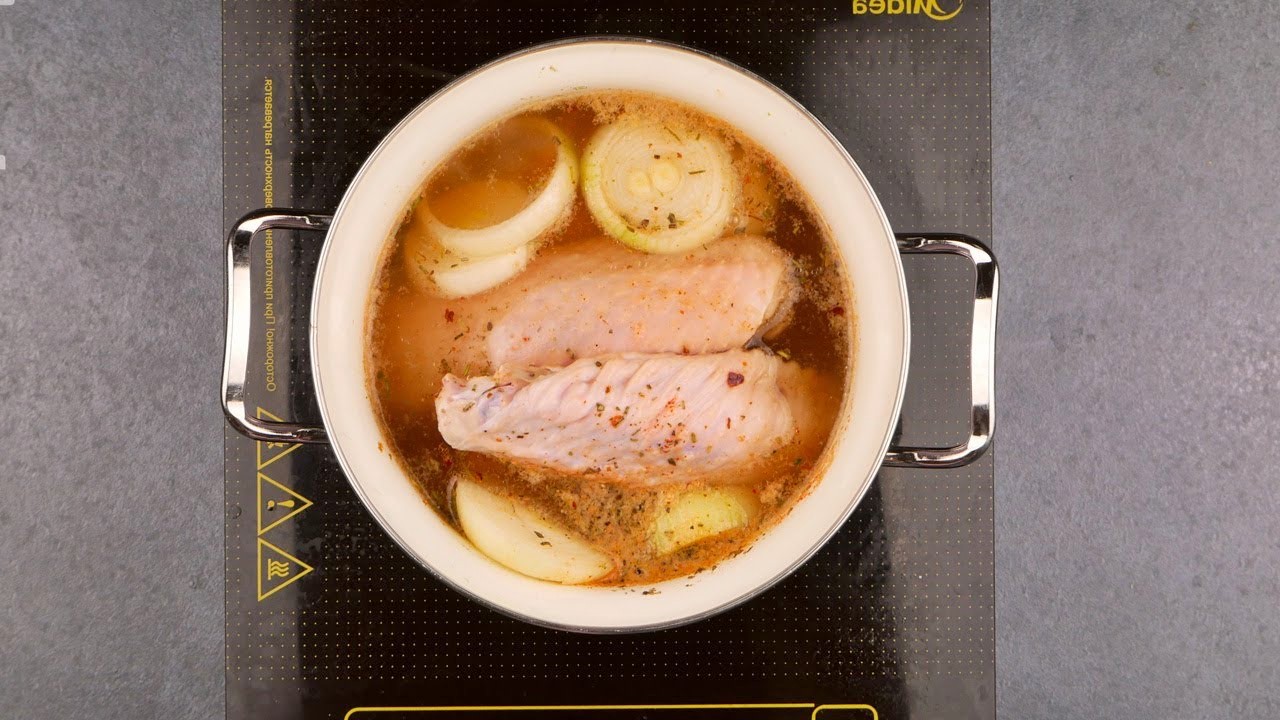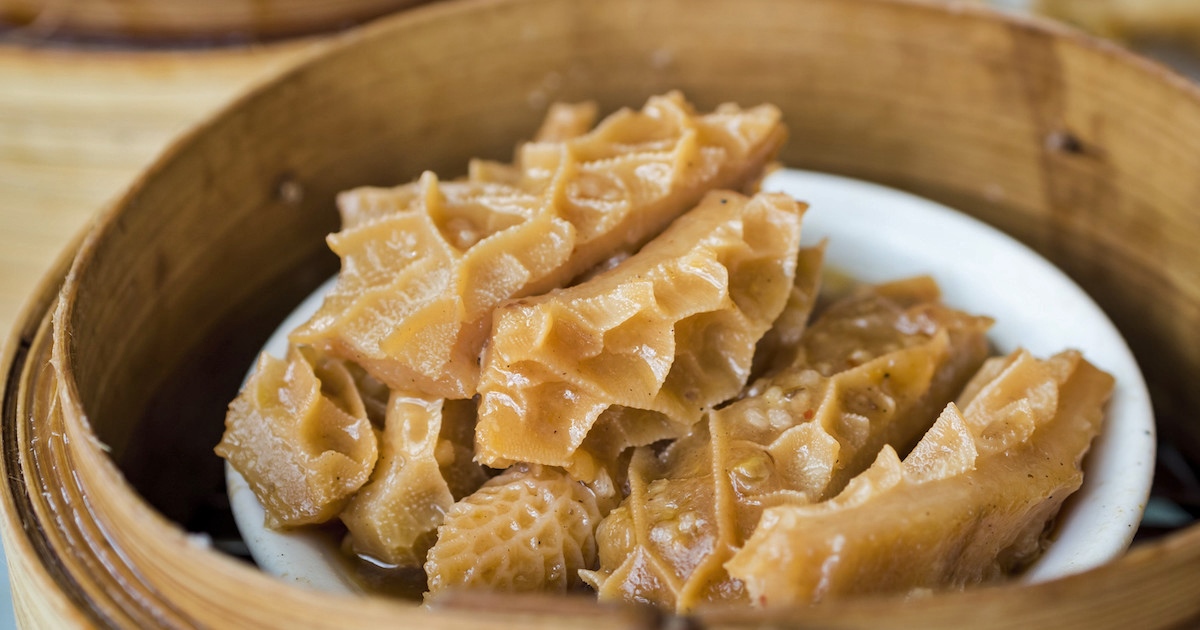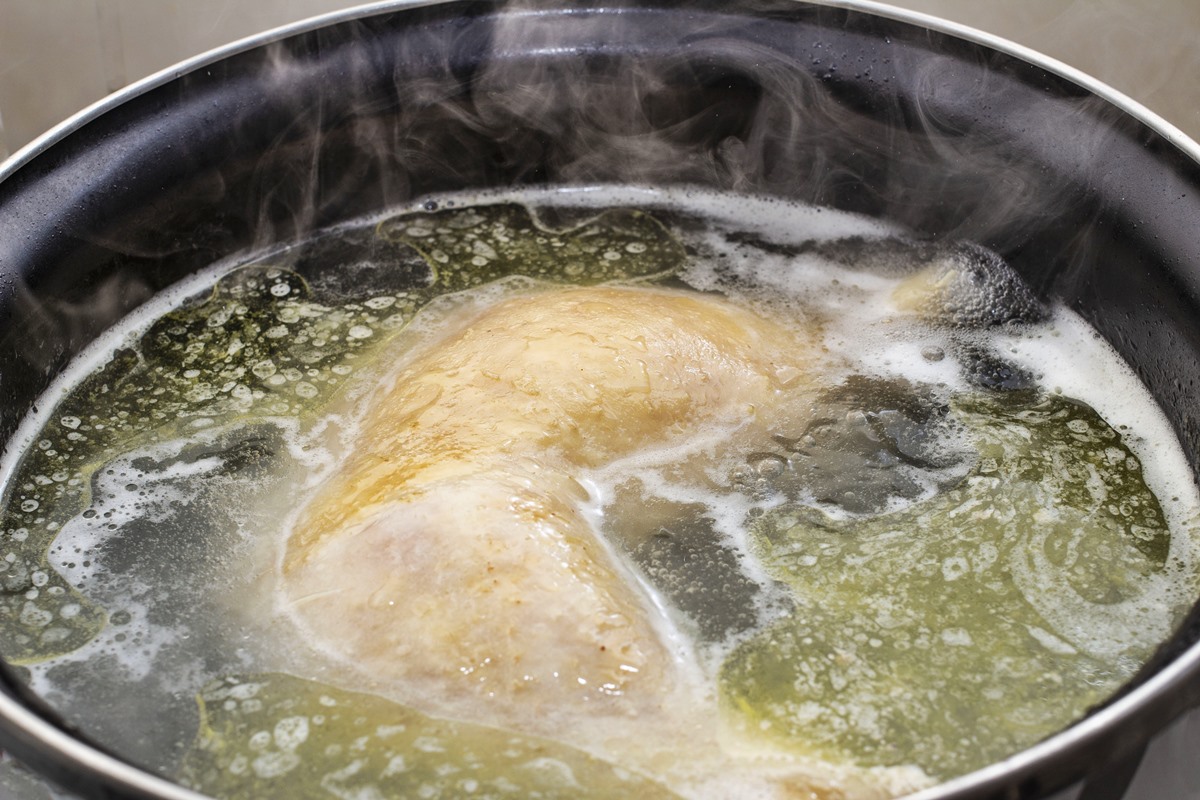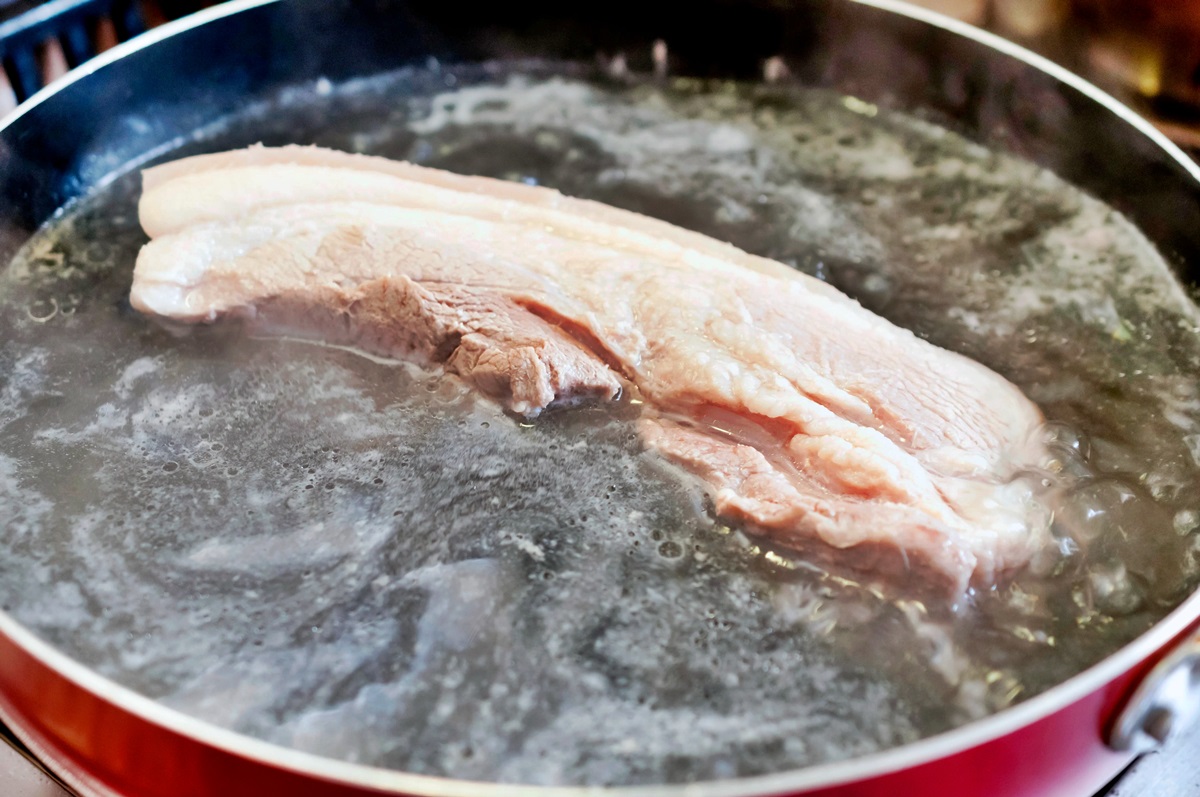Boiling pork shoulder, a versatile and flavorful cut, transforms tough meat into tender, succulent bites. Perfect for various dishes, this method involves simmering the pork in water or broth, infusing it with herbs and spices for enhanced taste. Whether you're aiming for pulled pork, stews, or simply moist, flavorful meat, mastering the boiling technique ensures delicious results every time. Ideal for home cooks looking to expand their culinary skills, this guide offers step-by-step instructions to boil pork shoulder effectively, promising a dish that's both satisfying and delectably tender. Let's dive into the process of turning this robust cut into a mouthwatering masterpiece.
Essential Ingredients for Boiling Pork Shoulder
- Pork shoulder, about 3-4 pounds
- Water, enough to cover the meat
- Salt, 2 tablespoons
- Black peppercorns, 1 tablespoon
- Bay leaves, 2
- Garlic cloves, 4, smashed
- Onion, 1, quartered
- Carrots, 2, cut into large chunks
- Celery stalks, 2, cut into large chunks
Necessary Tools for Perfectly Boiled Pork Shoulder
- Large Pot: Essential for boiling, should be big enough to comfortably fit the pork shoulder with enough water to cover it.
- Meat Thermometer: Crucial for ensuring the pork reaches the safe internal temperature of 145°F.
- Sharp Knife: Needed for trimming any excess fat from the pork shoulder before cooking.
- Cutting Board: Provides a stable surface for cutting or trimming the pork.
- Tongs: Useful for safely inserting and removing the pork shoulder from the boiling water.
- Timer: Helps keep track of cooking time to avoid over or undercooking the pork.
Boiling pork shoulder starts with submerging it in water. Add salt, herbs, and vegetables for flavor. Simmer gently for about 90 minutes per pound until tender. Perfect for shredding!
The Importance of Boiling Pork Shoulder
Boiling pork shoulder is a method that tenderizes the meat, making it succulent and easy to shred. This technique breaks down tough fibers, ensuring every bite is flavorful and juicy. It's a foundational step for countless dishes, transforming an otherwise firm cut into a versatile ingredient ready for further culinary adventures.
Choosing to boil pork shoulder also infuses it with flavors from herbs, spices, or vegetables added to the water. This process not only enhances the meat's taste but also yields a rich broth that can be used in other recipes. It's a simple yet effective way to maximize flavor and texture, elevating everyday meals.
Your Step-by-Step Guide to Boiling Pork Shoulder
Step 1: Choose Your Pork Shoulder
- Opt for a pork shoulder cut, also known as Boston butt or picnic shoulder, depending on your preference for bone-in or boneless.
Step 2: Prepare the Pork
- Rinse the pork shoulder under cold water.
- Pat dry with paper towels to remove excess moisture.
- If desired, score the fat cap in a crosshatch pattern to help render fat and allow seasonings to penetrate.
Step 3: Season the Pork
- Generously season all sides of the pork shoulder with salt, pepper, and any other herbs or spices you prefer.
Step 4: Prepare the Pot
- Fill a large pot with enough water to fully submerge the pork shoulder.
- Add aromatic vegetables like onions, carrots, and celery, along with herbs such as bay leaves, thyme, or rosemary, to the water for added flavor.
Step 5: Boil the Pork Shoulder
- Place the seasoned pork shoulder into the pot.
- Bring the water to a boil over high heat, then reduce to a simmer.
- Skim off any foam or impurities that rise to the surface during the first few minutes of boiling.
Step 6: Simmer
- Cover the pot with a lid, leaving a slight gap to allow steam to escape.
- Simmer the pork shoulder on low heat. Cooking times vary based on size, but a general rule is about 90 minutes per pound.
Step 7: Check for Doneness
- Insert a meat thermometer into the thickest part of the pork shoulder.
- Pork is done when the internal temperature reaches 145°F (63°C), but for pulled pork, aim for an internal temperature of 195°F to 205°F (90°C to 96°C).
Step 8: Rest the Pork
- Remove the pork shoulder from the pot and place it on a cutting board.
- Tent with aluminum foil and let it rest for at least 20 minutes before slicing or shredding. This allows juices to redistribute.
Step 9: Serve
- Slice or shred the pork shoulder as desired.
- Serve hot with your choice of sides or use in various dishes.
Mastering Pork Shoulder Perfection
Boiling pork shoulder isn't just about cooking meat; it's an art that transforms tough cuts into tender, flavorful delights. Remember, patience and attention to detail are your best friends in this culinary journey. Start with a well-seasoned pot of water, keep an eye on the simmer, and don't rush the process. Letting the pork rest after boiling is crucial for retaining those juicy flavors. Whether you're making pulled pork for a barbecue or preparing a stew, the right technique ensures your pork shoulder is always succulent and delicious. So, next time you're in the kitchen, embrace the simplicity of boiling, and let the magic of slow cooking do the rest. Your taste buds will thank you for the effort, and you'll have mastered another classic cooking technique to add to your repertoire.
More Delicious Pork Shoulder Recipes to Try
Now that you've mastered the art of boiling pork shoulder, it's time to put this skill to good use with a variety of delicious recipes. For a classic favorite, try the Pulled Pork Sandwiches Recipe which is perfect for any gathering. If you’re feeling adventurous, the Pork Shoulder Curry Recipe offers an exotic twist with rich flavors. For those busy weeknights, the Pork and Vegetable Stir-Fry Recipe is a quick and nutritious option. Each recipe utilizes the tender, flavorful pork shoulder in unique ways, ensuring your meals are both satisfying and diverse. We recommend starting with these selections to fully appreciate the versatility of boiled pork shoulder.
Common Questions About Boiling Pork Shoulder
How long does it take to boil pork shoulder?
Cooking times can vary, but as a general rule, boiling pork shoulder takes about 2 to 3 hours. You're aiming for meat that's tender and easily pulls apart. Keep in mind, the size of your cut and the desired tenderness will affect the cooking time.
What's the best way to ensure my pork shoulder is flavorful?
Brining or marinating your pork shoulder before cooking can work wonders. Consider soaking it in a mixture of water, salt, and your choice of spices for at least a few hours, or overnight. This process not only seasons the meat but also helps keep it juicy.
Can I add vegetables while boiling pork shoulder?
Absolutely, tossing in vegetables can turn your boiled pork shoulder into a hearty stew. Carrots, potatoes, onions, and celery are great companions. Add them during the last 30-45 minutes of cooking to ensure they're tender yet not overcooked.
Is it necessary to boil pork shoulder before roasting or grilling?
While not strictly necessary, boiling pork shoulder before roasting or grilling can shorten your cooking time and ensure the meat is tender inside. Just boil it until it's partially cooked, then finish it off in the oven or on the grill for that crispy exterior.
How do I know when the pork shoulder is done boiling?
The best way to check if your pork shoulder is fully cooked is by using a meat thermometer. The internal temperature should reach at least 145°F (63°C). Another method is to poke it with a fork; if it goes in easily and the meat pulls apart without resistance, it's ready.
Can I use the leftover broth from boiling pork shoulder?
Definitely! The broth left from boiling your pork shoulder is packed with flavor and can be used as a base for soups, stews, or to cook grains like rice or quinoa. Just strain it to remove any solid bits and store it in the fridge or freezer for future use.
What should I do if my pork shoulder is too tough after boiling?
If your pork shoulder feels tough, it might need more time. Toughness usually means the connective tissues haven't fully broken down yet. Continue boiling it at a gentle simmer, checking every 30 minutes until it reaches the desired tenderness.
Was this page helpful?
Read Next: How To Boil Banana Peels
